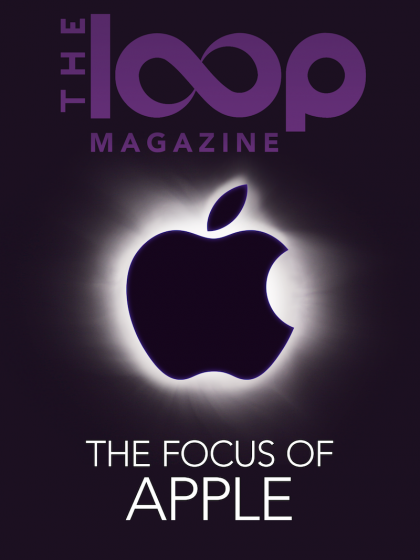.
The Loop Magazine Issue 31:
Jim Dalrymple looks at the key to Apple’s success. Is it design, software, hardware? Maybe none of those things; Matt Gemmell talks about the colors of his various computer bags—It’s okay to skip safe; Darren Murph looks at where the DSLR is now that so many people are using an iPhone; Joe Caiati has a look at the origins of his writing; Steven Aquino has a wonderful story on how music and the iPod helped people with memories; With so many recordings of the same classical piece, Kirk McElhearn is still searching for the perfect recording, but does it exist?; Darren Murph looks at mobile data and how everything is being commoditized in mobile; and Tim Schock talks about the resurgence of the cassette… really.
You can download The Loop Magazine and preview the latest issue on your iPhone and iPad for free. A subscription is only $1.99 per month and you get access to all previous issues.


